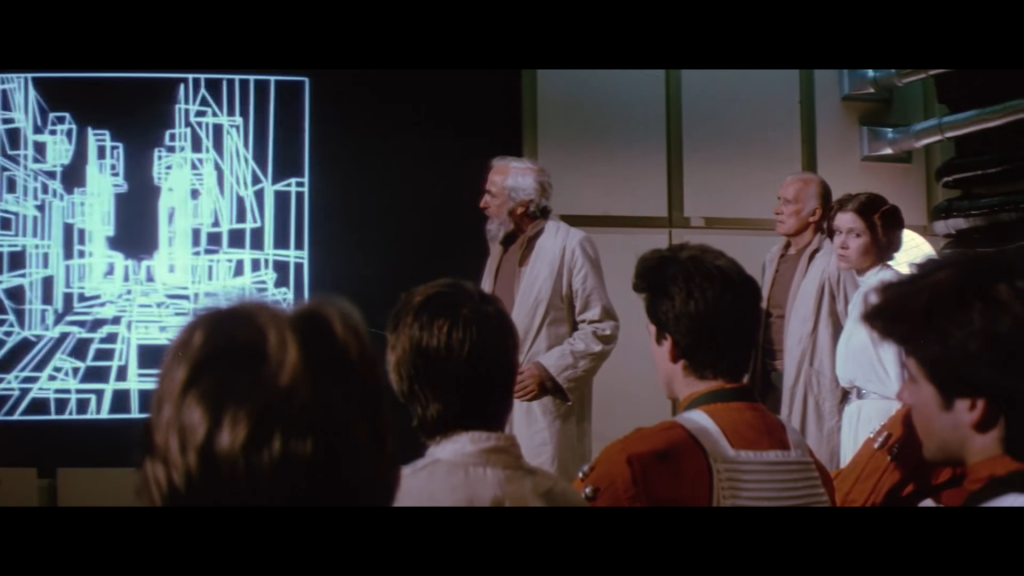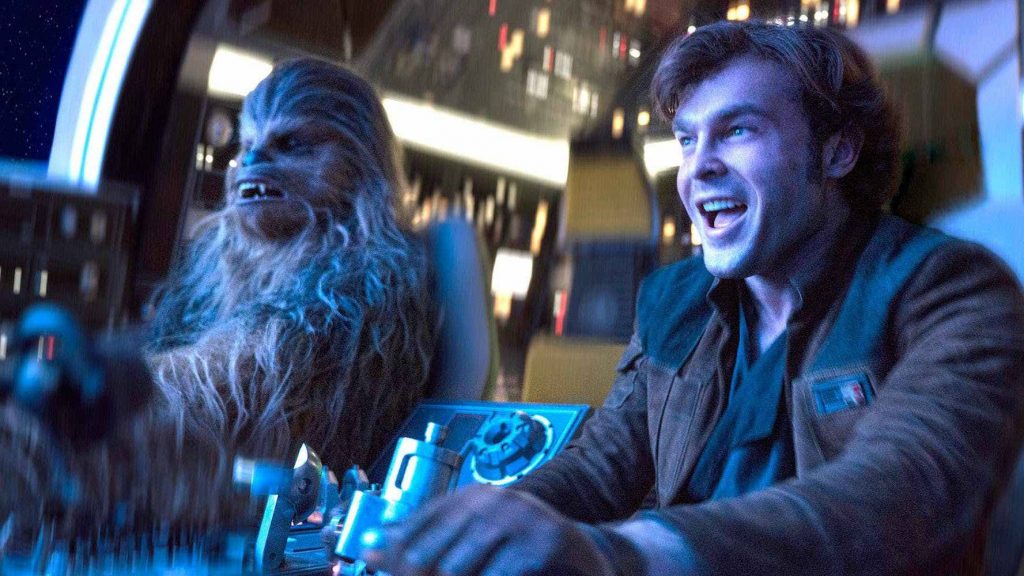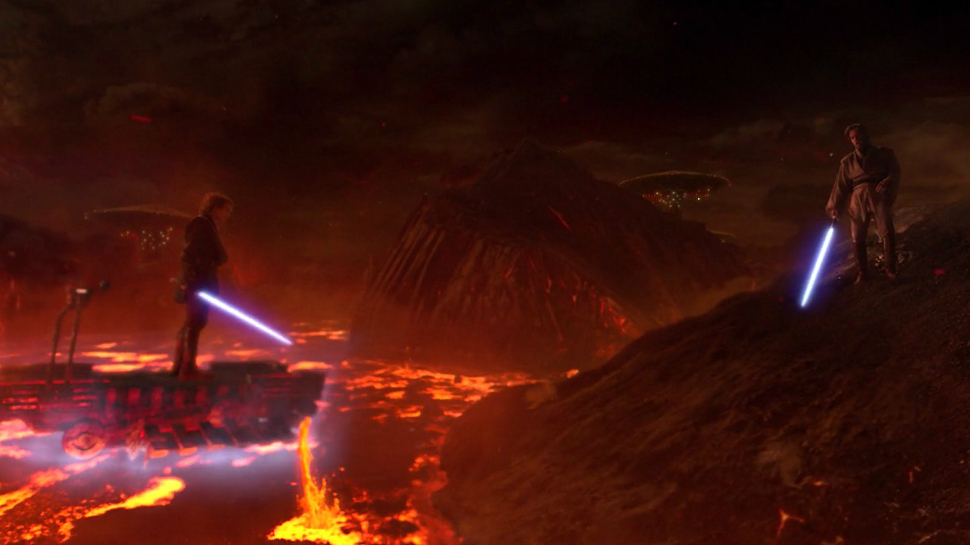Three Times When Thinking Spatially Saved the Day in the Star Wars Universe
May 4th of every year is considered “Star Wars Day” (May the fourth be with you!), and this provides a great opportunity to seek wisdom from this iconic universe. How have GIS, Mapping, and spatial thinking affected significant moments across the various films?
1) Indoor GIS (even if “indoors” is the size of a small moon) is crucial for successful operations!

Knowing where to find a maintenance area to shut down a tractor beam, where to find the correct detention block, which garbage mashers you’re in, or, most importantly, which exhaust port is most vulnerable to a proton torpedo are all important pieces of spatial information that (ultimately) lead to the victory of the Battle of Yavin in Star Wars: Episode IV: A New Hope. In fact, one could argue that spatial data is the most important data within the intergalactic civil war between the Empire and Rebellion! In our world, mapping indoor spaces has become a crucial practice for better premise navigation, energy efficiency, asset management, event planning, and much more across virtually every industry sector. It’s become evident that GIS and isn’t just for mapping the outdoors. Just as most people live and work indoors, these same people can benefit from indoor mapping, whether here on earth or in a galaxy far, far away.
2) (Hyper) Drive time analysis: Getting to your destination in the most efficient way!

Most Star Wars fans know that a parsec is a unit of distance (not time) and despite the official retcon in Solo: A Star Wars Story, making the Kessel run in 12 parsecs (rounded down) still demonstrates the importance of proper drive time analysis. In a criminally-shortened nutshell, the crew of the Millennium Falcon needed to deliver unrefined coaxium (a tremendously unstable material) through the very dangerous Akkadese Maelstrom. The safest route to run this cargo is to spiral around a mostly clear, but serpentine, path within the maelstrom that measures roughly 20 parsecs. Due to developing circumstances, this path is no longer an option, and therefore an alternate, riskier shortcut is required and plotted based on another map; an ancient Purrgil (hyperspace whales — don’t ask) migration route. This new route skims an area consisting of a cluster of black holes, in which the Falcon needs to escape the forces of their event horizon; something that only a truly skilled pilot with a fast ship can accomplish. This successfully cuts the route of the Kessel Run down to twelve units of distance instead of twenty. The pearl of spatial wisdom from this story? By consolidating and comparing spatial data, regardless of origin, new solutions can be discovered. Drive time analysis is regularly updated and becomes more valuable as more data is collected, recorded, and analyzed to find the most efficient routes for travel.
3) Elevation is important. Understanding and taking the high ground!

Elevation is an important factor for many industries and purposes. Flood mapping, surveillance, flight path mapping, and of course combat strategy, to name a few. In Star Wars: Episode III: Revenge of the Sith, Obi-Wan Kenobi and Anakin Skywalker fight on the volcanic planet of Mustafar in one of the most epic duels in science fiction, if not cinematic history. However, as the fight continues on, Obi-Wan wisely jumps to an elevated position atop a lava bank, forcing an enraged Anakin to charge his former mentor with an overhead leap attack. This compromised position results in the new Sith apprentice tumbling back down the embankment, minus two legs and an arm and desperately scrambling from the nearby flowing lava while having his clothes set ablaze by the heat. What is the moral of this story? If your organization overlooks elevation data in your GIS operations, you could end up getting burned, and costing you an arm and a leg — or two (I’m so sorry).
So the next time you are discussing Star Wars with your friends, family, and colleagues (as one does), make sure to remember the importance of thinking spatially!




